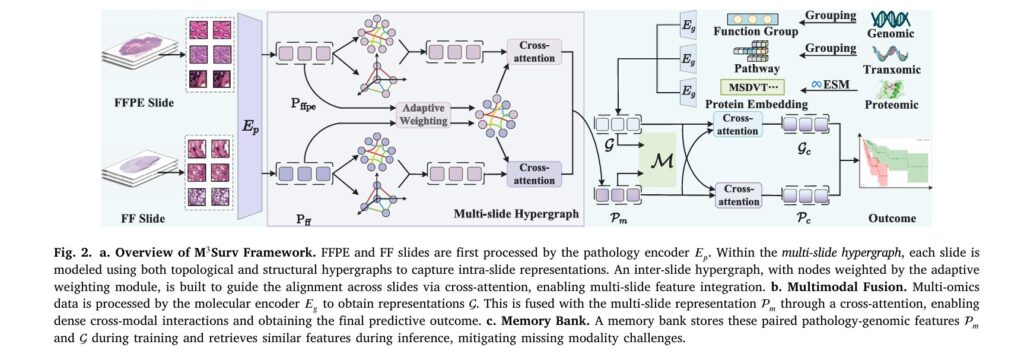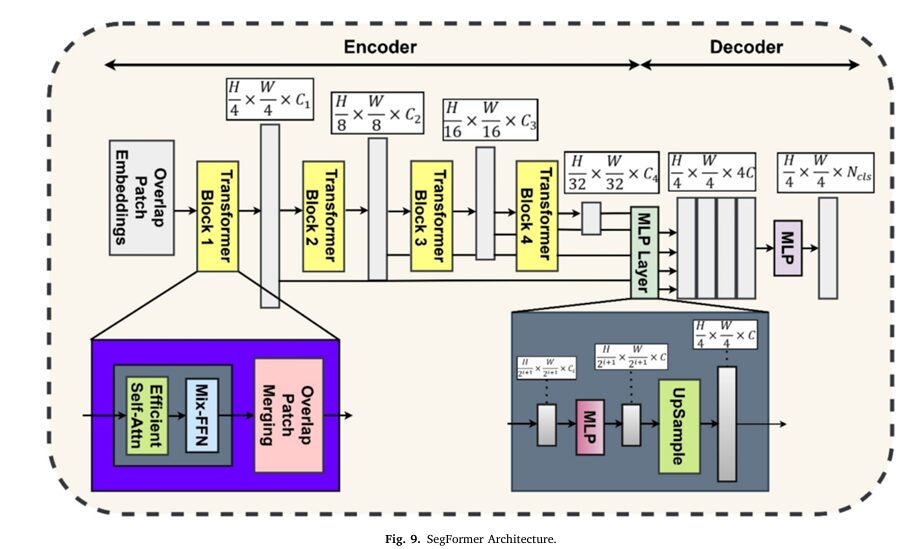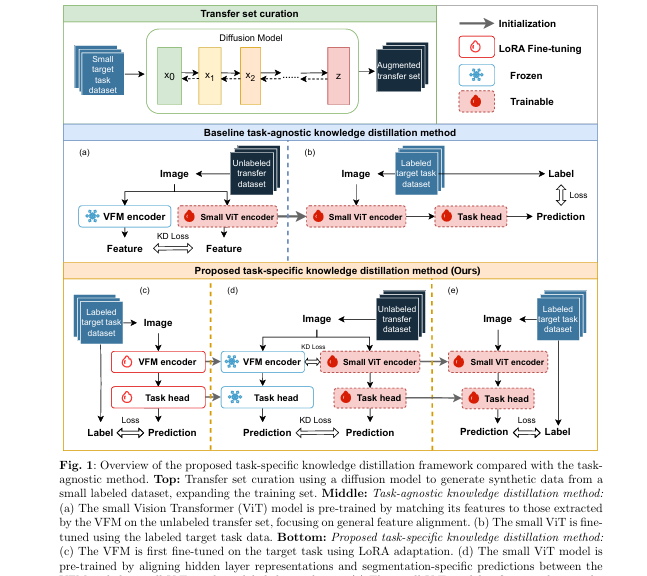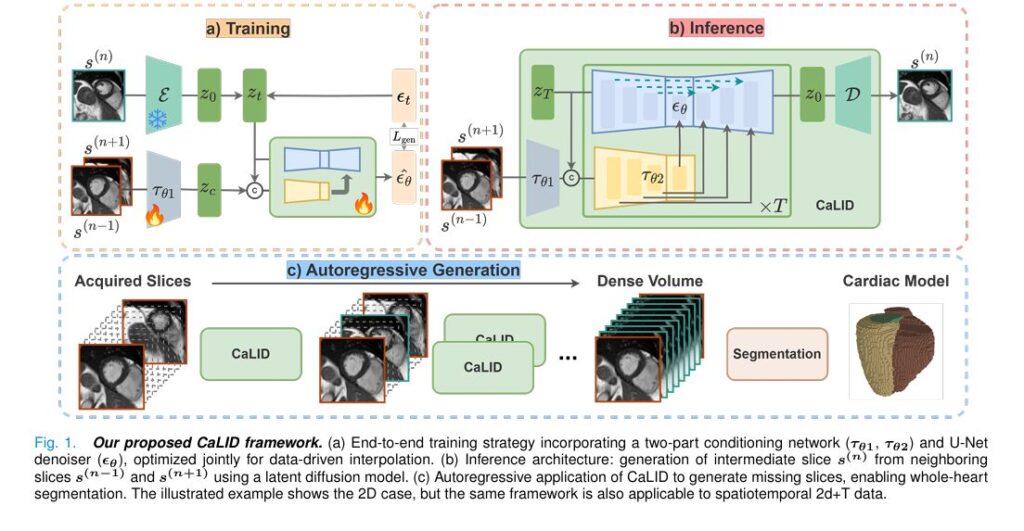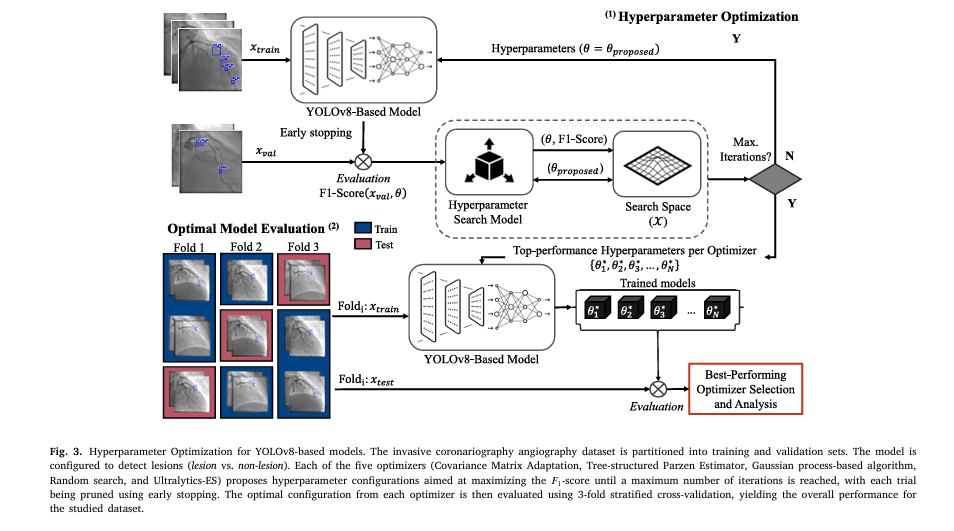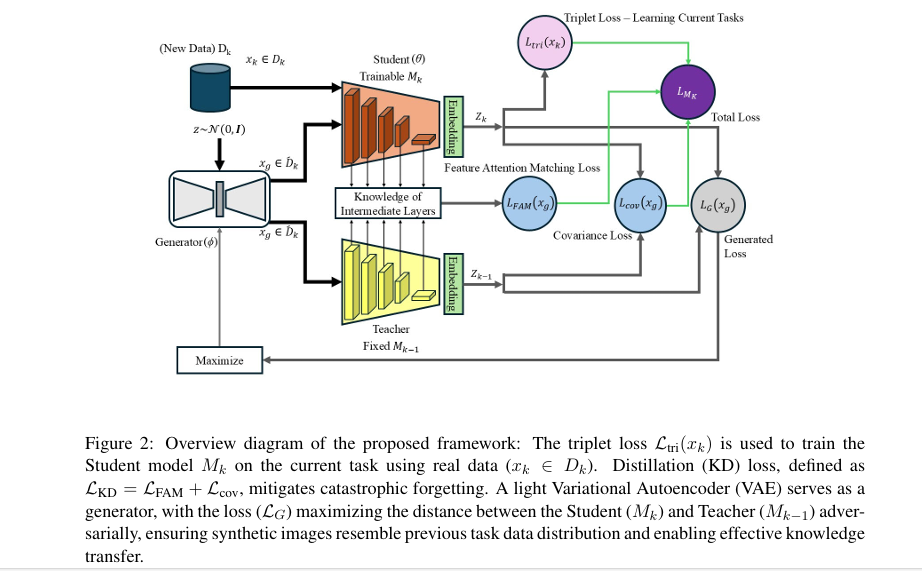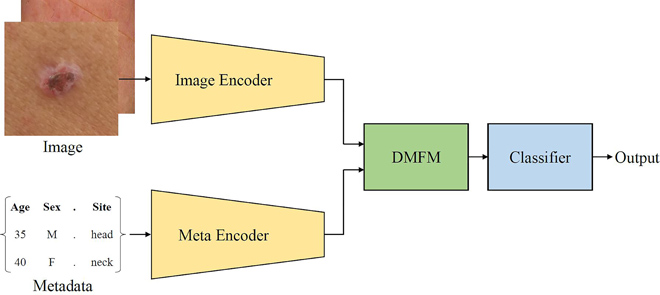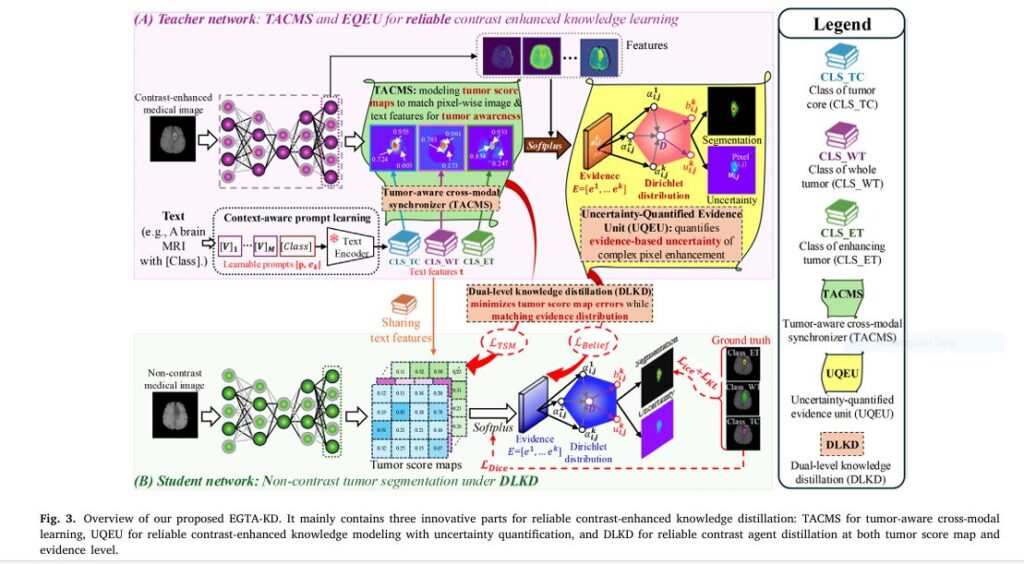M³Surv: How AI Revolutionizes Cancer Survival Prediction with Multi-Slide and Multi-Omics Integration
Introduction Cancer remains one of the leading causes of mortality worldwide, yet advances in personalized medicine and artificial intelligence are fundamentally transforming how physicians predict patient survival and recommend treatment strategies. Traditional prognostic approaches rely on limited clinical variables and single-source data, often missing the complex biological heterogeneity that characterizes modern cancer. Recent breakthroughs in […]

